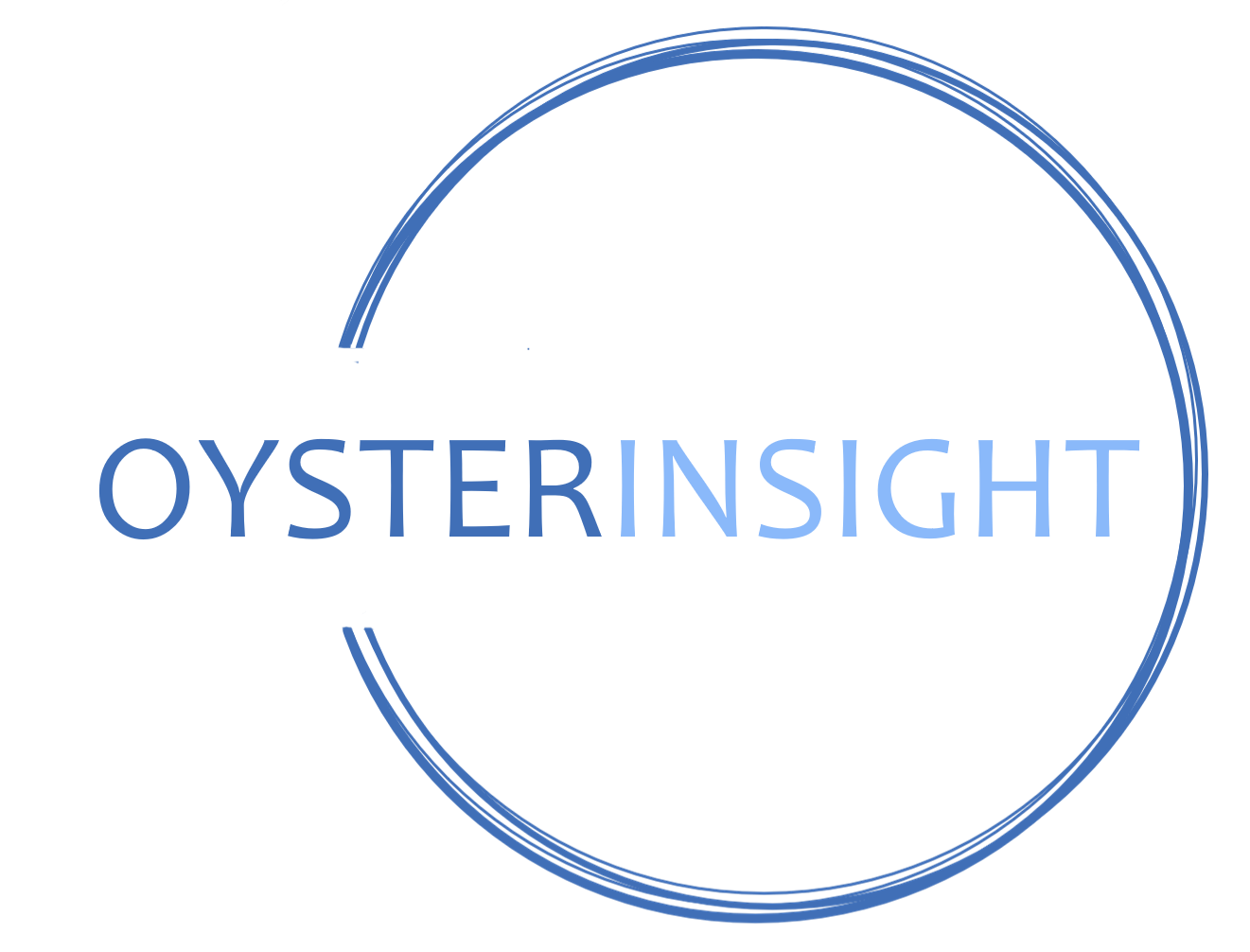Why My Son Skipped College—and What Leaders Need to Learn From It
“You don’t have to go to college. We’re saving so you can if you want to. But you don’t have to.”
We’ve been saying this to our kids since they were five years old.
It’s not because we’re anti-education. Far from it.
It’s because we believe in learning with purpose. Growth through experience. And agency over autopilot.

We Knew This Day Would Come
So when our older son chose to enlist in the Navy and head to bootcamp instead of college, none of us were surprised.
And yet, again and again, we heard the same question from friends and acquaintances:
“Are you disappointed?”
Not in the least.
Why We’ve Taken This Stance for So Long
I’ve spent my career in leadership development, but before that, I taught for Outward Bound. I’ve seen what happens when people are dropped into challenge, reflection, and real-world complexity—and asked to rise.
It’s not a classroom that defines growth. It’s the experience—and how we make sense of it.
We told our kids early on:
- College is one path, not the path.
- We’re saving, so the option is there.
- But you can live a life of purpose without ever setting foot in a dorm.
That conviction has only deepened over time.
Hearing Kathleen deLaski: A Validation and a Challenge
Yesterday, I had the chance to hear Kathleen deLaski speak about her new book, Who Needs College Anymore? Her work with the Education Design Lab reframes a question many of us are already whispering:
What if the four-year degree isn’t the best launching point for everyone?
Her team is working to build what she calls a “skills ladder” approach—stackable credentials and alternative pathways that better match how people grow and how the world works today.
It struck a chord.
Especially given this stat:
📉 52% of recent college grads are underemployed one year after graduation.
📉 And 73% of them stay underemployed a decade later.
(Source: Strada Education Foundation / Burning Glass Institute)
That’s not just a gap. That’s a system failure.

“A Safe Place to Grow Up”
Years ago, I had a conversation with a relative, Michael Samara, then Dean of Students at St. Michael’s College.
We were talking about the value of college. He said,
“It’s a safe place for young people to grow up.”
And I remember thinking:
That’s a really expensive way to grow up.
At Kathleen’s event, more than half of the employers in the room said they still want to hire people “with a little more maturity.” That echoes what Michael said. But it raises another question:
What are the other safe places to grow up?
What would it take to build them?
So What Do We Do as Leaders?
It’s not enough to remove “Bachelor’s degree required” from a job posting.
We need to redesign the way we evaluate, grow, and promote talent—especially for:
- Those without degrees
- Veterans transitioning to civilian work
- People returning after caregiving, illness, or a long pause
- Career shifters and nonlinear thinkers
- Those who don’t fit traditional molds, but bring tremendous value
We need systems that:
- Recognize readiness without rigidity
- Credential skills without killing creativity
- Create advancement pathways that aren’t limited to the degreed and well-networked
A Personal Story. A Broader Shift.
My son’s story isn’t just personal—it’s part of a much larger trend.
And as leaders, educators, and employers, we have a choice:
Will we keep defaulting to the old model?
Or will we redefine what readiness, growth, and leadership really look like?
I’d love to hear from you.
How is your organization thinking differently about talent development and career paths?
What’s working—and what still needs to change?
Feel free to comment below or contact me if you’re exploring this shift in your own work.



